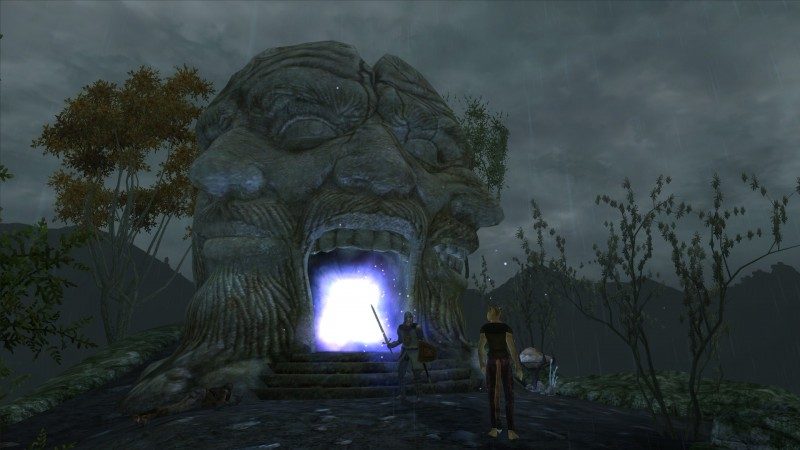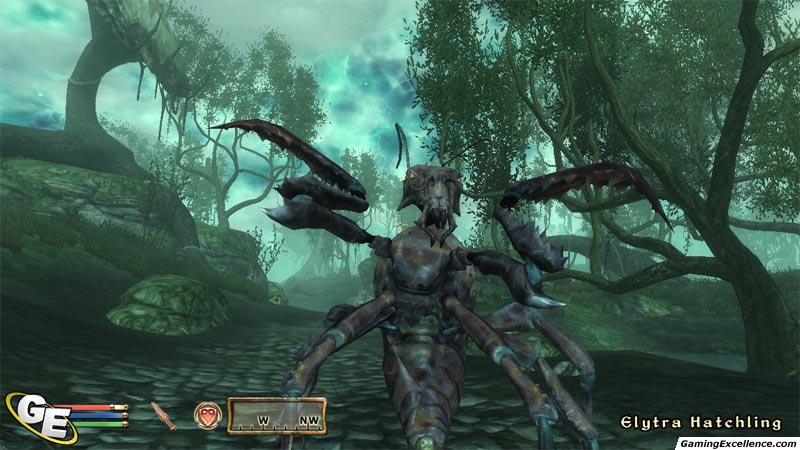

Siding with the Dawnguard settles players into Fort Dawnguard - a picturesque, titanic mountainside castle near Riften that’s incrementally renovated into a lavish, yet battle-ready fortress as the quests advance.
THE SHIVERING ISLES REVIEW FREE
Transforming in and out of the form at-will preserves the gameplay’s overall integrity and enjoyment (townspeople no longer attack the human visage of a vampire, making the choice highly compatible with your Dragonborn identity), but isn’t free from a vulnerable, often laggy two- or three-second delay. The combat can offer a blissful reprieve from the fighting conventions of Skyrim Standard unfortunately, it’s hindered by hastily designed controls: Environments are nearly unresponsive save for unlocked doors peaceful human interaction is off-limits and first-person view is curiously blocked out, exacerbating the navigational difficulties presented by the creature’s enlarged physique. The Vampire Lord power introduces combat abilities far more lethal than anything imbued to the race before, with the lord capable of feasting upon foes during melee, casting potent spells in a hovering state, skirting across the ground in wing-fluttering sprint, and upgrading his nefarious talents through a brand new skill tree.

More importantly, joining forces with the ultraviolet-sensitive, Lord Harkon grants players the transformational power of the Vampire Lord - the vile apex of the species.

While the main storyline recycles very similar paths for whichever side is chosen, side quests here venture upon more intriguing concepts and are tinged with the political intrigue surrounding the decreed hierarchy of Castle Volkihar, your new home. Dawnguard is Bethesda’s attempt to revive the once-staid character choice - and the vampire quest branch feels far more inspired than its mortal analogue. Vampirism has been a crutch on gameplay as much as a curse on its characters in The Elder Scrolls V: Skyrim. Like the civil war between the Stormcloaks and Imperials, the player determines their allegiance and, eventually, the victor, but the new exigency lends an epic vigor to Skyrim’s storyline that wasn’t found before outside the main quest, while also expanding artfully on the game’s previously-established fiction. It’s not long before the dynamic is made clear: the vampire lord Harkon is plotting a resurgence of his species by using an ancient Elder Scroll to control the sun. After downloading (and after the player surpasses level 10 - a mere hour's task for newcomers), rumors begin percolating around Skyrim's cities - along with a few bodies produced by actual nighttime vampire incursions - that a war is brewing between vampires, the cannibalistic occult, and the Dawnguard, a secretive group of titular vampire hunters.

Keeping with the theme of Skyrim's presentation, the "Dawnguard" questline occurs organically - no flashy cutscenes or tedious save shuffling required - through the game's living universe. But while the long-time-coming does indeed produce significant - and satisfying - additions to Skyrim’s gameplay and lore, Dawnguard isn’t immune from an underwhelming sense of untapped potential. For the prodigious Elder Scrolls V: Skyrim, Bethesda’s response is Dawnguard, the first iteration of a slow-churned, "substantial" DLC agenda. It’s a question with diverse answers befitting of a diverse industry. What defines DLC today? Is it the steady intravenous drip of "premium" packages endlessly circulating content through a game's established universe - replenishing singleplayer with missions and sidequests and characters multiplayer with maps and modes and weapons at every stagnating pulse of excitement? Or is it something larger: the concentrated effort of a developer's vision and resources, built through months of post-release toiling?


 0 kommentar(er)
0 kommentar(er)
